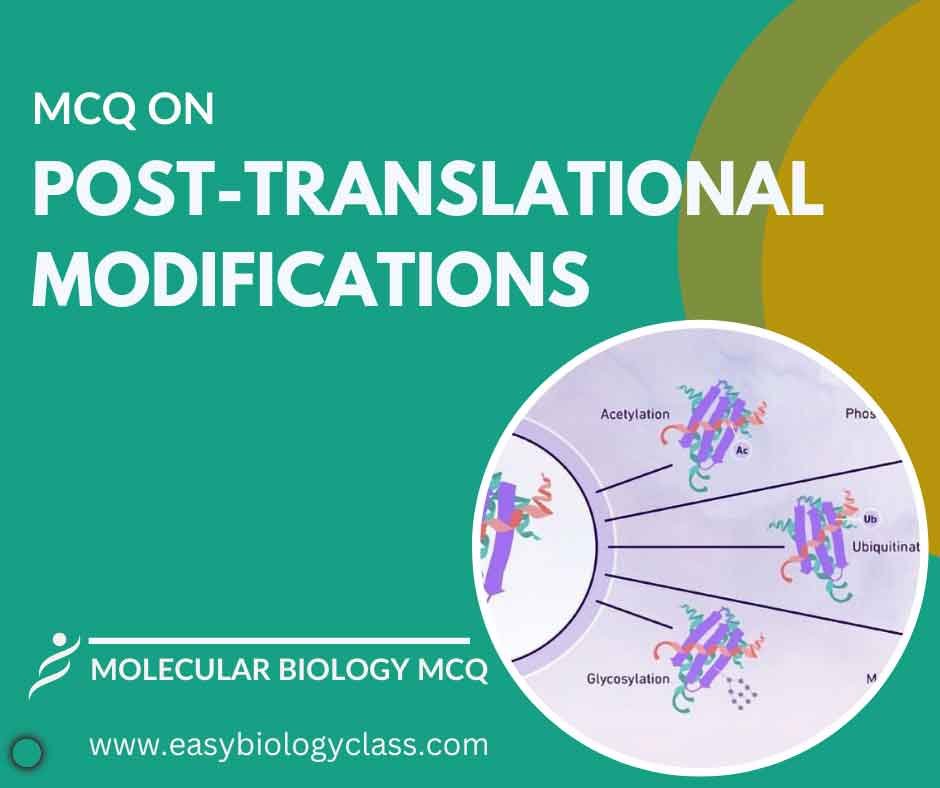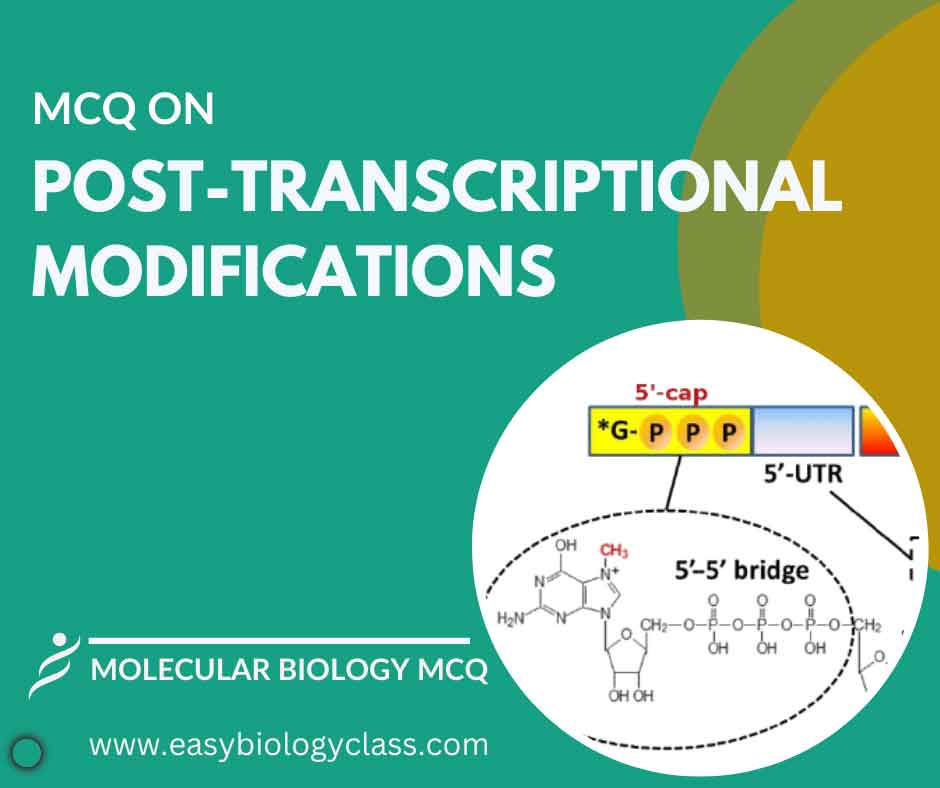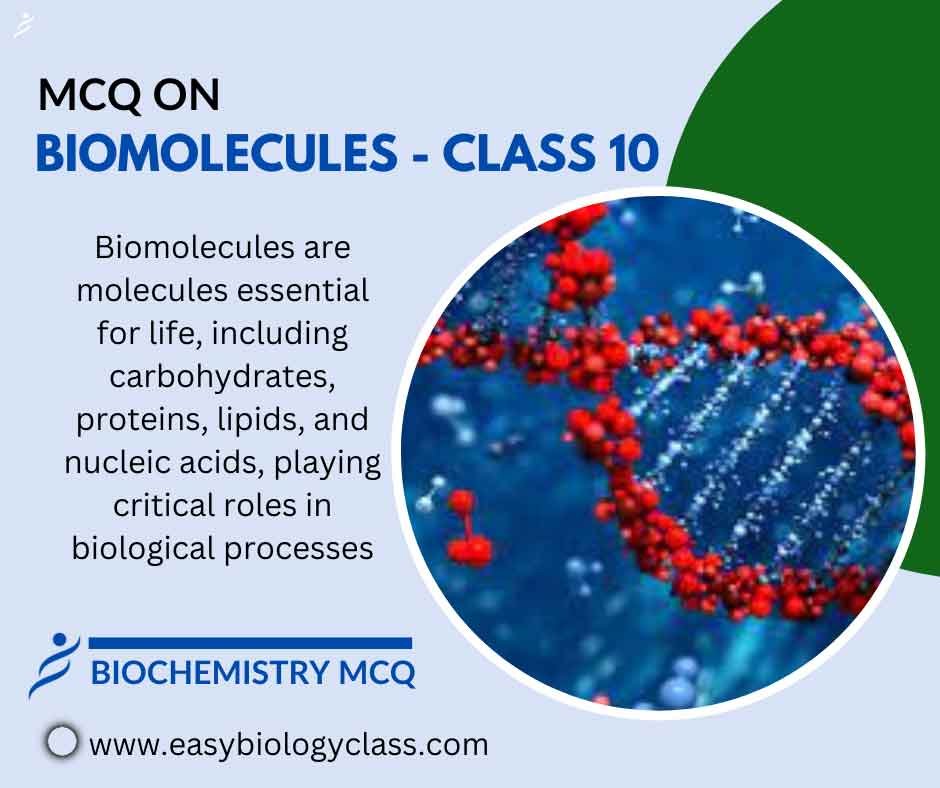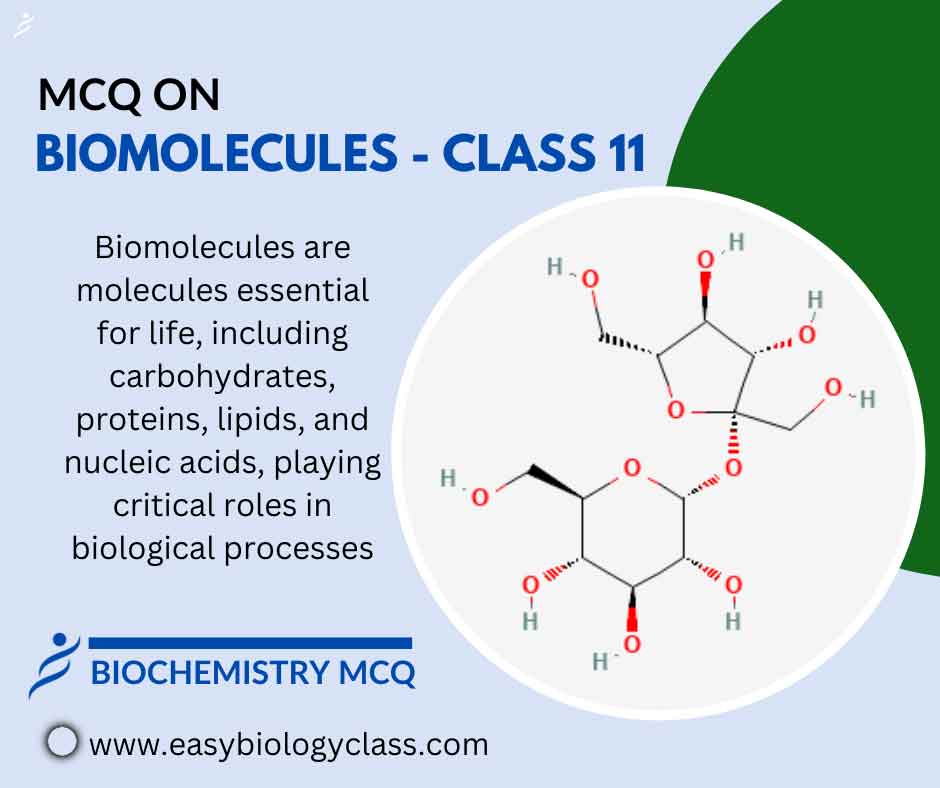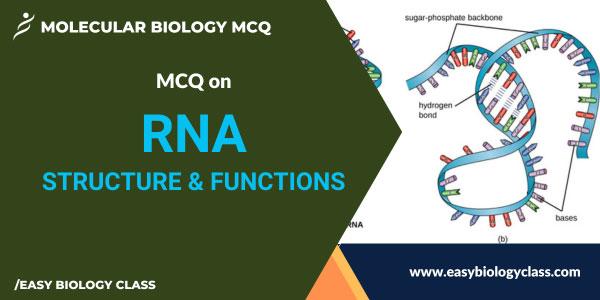Post-translational modifications occur after protein synthesis. They include phosphorylation, glycosylation, and acetylation, altering protein structure and function. These modifications regulate protein activity, localization, and stability, crucial for cellular signaling, metabolism, and gene expression regulation in living organisms. This is an MCQ on Post Translational Modification in Prokaryotes and Eukaryotes. Molecular […]
Continue ReadingTag Archives: RNA
MCQ on Post Transcriptional Modification
Post-transcriptional modification refers to alterations made to mRNA molecules after transcription but before translation in eukaryotic cells. These modifications include 5′ capping, 3′ polyadenylation, and splicing, which enhance stability, regulate translation, and increase mRNA diversity, essential for proper gene expression. This is an MCQ on Post Transcriptional Modification with answer […]
Continue ReadingMCQ on Biomolecules Class 11 (Part 2)
Biomolecules are organic molecules essential for life, encompassing carbohydrates, lipids, proteins, and nucleic acids. They serve diverse functions in organisms, including energy storage, structural support, enzymatic reactions, genetic information storage, and signalling pathways, vital for sustaining life processes. This is Biomolecules Class 11 MCQ will help you to understand the […]
Continue ReadingMCQ on Biomolecules Class 11 (Part 1)
Biomolecules are molecules essential for life, present in all living organisms. They include carbohydrates, lipids, proteins, and nucleic acids, serving various functions like energy storage, structural support, information storage (DNA/RNA), and facilitating biological processes crucial for the sustenance and functioning of life forms. This is an MCQ on Biomolecules Class […]
Continue ReadingMCQ on RNA Structure and Functions
RNA, or Ribonucleic Acid, is a molecule essential for various biological processes. It consists of a single strand of nucleotides, including adenine (A), uracil (U), cytosine (C), and guanine (G). RNA plays a central role in protein synthesis, gene expression, and carries genetic information in some viruses. This is an […]
Continue Reading
